What To Wear In Vietnam And Practical Tips
Packing for a trip to Vietnam can feel like a bit of a puzzle. With its diverse climate and rich cultural heritage, knowing what to wear requires more than just throwing a few t-shirts and flip-flops into your suitcase. Whether you're trekking through the misty mountains of Sapa, exploring ancient temples in Hue, or lounging on the beaches of Phu Quoc, dressing appropriately isn't just about comfort, it's about respecting local customs too. In this guide, we'll break down exactly what to wear in Vietnam for each month of the year, and how to stay culturally sensitive while looking stylish on your Vietnamese adventure.
Vietnam’s climate breakdown
Vietnam is a country that stretches vertically along the Indochinese peninsula, resulting in great climatic diversity. Due to its geography, the climate in Vietnam varies considerably from north to south, and is also influenced by the monsoon seasons that mark the cycles of rainfall and drought. Understanding the climatic characteristics of Vietnam is fundamental to plan a visit, since the climate not only affects the daily life of its inhabitants, but also defines the best times to enjoy its landscapes and tourist activities.
Northern Vietnam: Four Different Seasons
The north of Vietnam, where Hanoi, Sapa, and Ninh Binh are located, experiences a subtropical climate. Unlike the south, four seasons can be clearly distinguished in this region:
Winter (December to February): temperatures can drop to 10°C or even lower in mountainous areas. Winter in the north can be surprisingly cold, especially compared to the usual images of warm, tropical Vietnam. Mountainous regions, such as in Sapa, may experience occasional snowfall.
Spring (March to May): This is one of the best times to visit the north. The weather is cool and dry, with pleasant temperatures.
Summer (June to August): This is the hottest and most humid season, with temperatures often exceeding 30°C. In addition, monsoon rains can be heavy, especially in July and August.
Autumn (September to November): Another ideal time to visit the north. The weather is cool and less rainy, and the scenery, especially in places like Halong Bay, looks spectacular with clear skies and gentle breezes).
Central Vietnam: Heavy and Seasonal Rains
Central Vietnam, which includes popular tourist destinations such as Da Nang, Hoi An, and Hue, has a more tropical climate. This region is known for its long rainy seasons and tropical storms.
From September to December: The central region experiences the heaviest rainy season, with frequent typhoons that can cause flooding. These rains are so characteristic that, despite being a difficult time for tourism, many travelers find appeal in the green landscapes they leave in their wake.
From January to August: The climate is drier and hotter, with temperatures that can exceed 35°C in the summer months. The region's beaches, such as those of Da Nang and Nha Trang, become ideal destinations for those seeking sun and sea.
Southern Vietnam: Tropical All Year Round
The south of Vietnam, home to cities such as Ho Chi Minh City (Saigon) and the Mekong Delta, has a tropical monsoon climate. Here, the seasons are not marked by temperature changes, but rather by the amount of rainfall.
Dry season (November to April): During these months, rainfall is scarce and temperatures hover around 25°C to 35°C. This is the best time to explore the Mekong Delta or relax on the beaches of Phu Quoc.
Rainy season (May to October): Rainfall in the south is heavy but brief, often falling in the afternoon in the form of tropical downpours. Although the rains do not usually last all day, they can be heavy and cause flooding in some areas. However, the weather remains warm, allowing most outdoor activities to continue.
What to wear in Vietnam
By Month
January - February: In the north, it’s winter, so pack layers like a warm jacket, sweater, and long pants. Central Vietnam is cooler but still pleasant; a light jacket and long sleeves will do the trick. In the south (Ho Chi Minh City, Mekong Delta), it’s warm and dry, so light, breathable clothing like t-shirts, shorts, and dresses are ideal.
March - April: This is spring, so the north starts warming up—think light layers with a mix of long-sleeves and short-sleeves. Central Vietnam gets warmer, so lighter clothing is fine, but keep a jacket handy for cooler evenings. The south stays hot, so stick with your summer wardrobe of light, airy clothes.
May - June: The whole country heats up. In the north and central regions, pack summer clothes like shorts, skirts, and t-shirts, but also include a rain jacket as the wet season begins. In the south, it’s hot and humid—think tank tops, light dresses, and plenty of sunscreen.
July - August: It’s peak summer, with heavy rains in the central and southern regions. Lightweight, quick-dry clothing is a must, along with a sturdy raincoat or umbrella. In the north, it’s still hot but pack for rain. Stick with breathable fabrics and avoid heavy materials.
September - October: Autumn brings cooler temperatures to the north, it can still be hot during the day but cooler at night. In central Vietnam, the rainy season continues, so keep the rain gear handy. The south remains warm, with occasional showers, so light, summer clothing still works well.
November - December: Winter returns to the north, so think cozy sweaters, a warm jacket, and long pants. Central Vietnam cools down and becomes more pleasant—long sleeves and a light jacket are good. The south stays warm and dry, so light clothing is still perfect for this region.
When visiting religious sites
Vietnam is a country with strong cultural values, especially in religious sites and rural areas. When visiting temples, pagodas, or religious sites, it’s essential to dress modestly. Women should wear clothes that cover their shoulders and knees, such as long skirts, dresses, or pants, paired with a modest top. Men should also avoid shorts and sleeveless shirts in these places, opting instead for long pants and a shirt with sleeves.
Always carry a lightweight scarf or shawl. It’s a versatile piece that can be used to cover your shoulders or head when needed, especially in temples or during sudden weather changes. Also, consider packing a pair of slip-on shoes, as you’ll need to remove them when entering temples or some local homes.
During rainy season
During the rainy season, especially in central and southern Vietnam, rains can be heavy. Some recommendations:
Carry a waterproof jacket that you can easily store in your backpack.
Wear quick-drying clothes to avoid being wet for long periods.
Consider packing a waterproof backpack or dry bag to protect your electronic devices and other essentials from the rain.
When trekking
For trekking in Vietnam, it is essential to bring appropriate clothing to suit the country's varied terrain and weather conditions. During treks in the northern mountains, such as in Sapa, it is recommended to bring layers of light, breathable clothing for daytime, but also a warm, waterproof jacket for cold nights or unexpected rain. In the center and south, where temperatures are warmer and humidity is high, it is suggested to opt for light, quick-drying clothing that allows good ventilation. Also, do not forget sturdy and comfortable footwear, preferably hiking boots, and a cap or hat to protect you from the sun.
Accessories and other packing essentials
Beyond clothing, there are some additional items you should not forget to include in your suitcase for a trip to Vietnam:
Reusable water bottle: Vietnam has bottled water, but carrying a reusable bottle will help you stay hydrated without generating as much plastic waste.
Sunscreen: The sun can be intense, so it is important to bring a high protection sunscreen and apply it frequently.
Sunglasses with UV protection: Especially necessary on beaches and in southern cities.
Universal plug adapter: Plugs in Vietnam may be different from those in your home country, so an adapter is very useful.
Microfiber towel: A lightweight, quick-drying towel is ideal for the beach or excursions.
Power bank or external battery: To keep your devices charged, especially if you use your phone a lot for photos or maps.
Packing for Vietnam might seem daunting at first, but with the right preparation, you’ll be ready for anything this beautiful country throws your way. By understanding the climate and respecting the local culture, you’ll not only stay comfortable but also show your appreciation for Vietnam’s rich traditions. So, pack smart, dress respectfully, and get ready to enjoy every moment of your journey through this incredible country! If you have any further questions, don’t hesitate to contact Vietnam Original Travel
>>> Top 8 Best Things To Bring For Your Trip To Vietnam
>>> The jewel in Vietnam: Spiritual and social object
Send us your comments about : What To Wear In Vietnam And Practical Tips
Required fields *
You might also be interested
Our clients’ favorite journeys to customize
Looking for inspiration? Discover some of our most popular tours in Vietnam, highly appreciated by our travelers. They are a great starting point to help you choose the perfect journey through Vietnam, Laos, Cambodia, Myanmar, or Thailand—whether you’re traveling solo, as a couple, with family, or with friends.
And since this is your trip, feel free to customize it just the way you like!
Vietnam Cambodia Itinerary 14 Days
Hanoi – Hoa Binh – Mai Chau – Ninh Binh – Halong bay – Hue - Danang – Hoian – Saigon – Ben Tre - Can Tho – Saigon - Siem Reap Angkor - Tonlé Sap - Siem Reap – Ta Prohm - Departure
Vietnam 14 Day Itinerary
Vietnam 14-day itinerary covers the country’s top highlights and quintessential experiences for an unforgettable journey.
Honeymoon Tour Pakcages In Vietnam 12 Days
Saigon Arrival - City Tour – Mekong Delta – Danang – Hoian - by flight - Da Nang – Hanoi - by flight – Halong - overnight on junk – Departure
Authentic Hoang Su Phi Trekking Tours
Hoang Su Phi trekking tours take you to stunning terraces, meet few tourists, connect with locals and enjoy authentic culture.
Best Nha Trang Beach Tour 4 Days
Saigon/Hanoi – Nha Trang relaxation – Saigon/Hanoi – Departure
Mekong Delta Bike Tour Itinerary 7 Days
Cycle through the Mekong Delta in 7 days, discovering floating markets, orchards, craft villages, and tranquil green islands.
Are you interested in this tour?



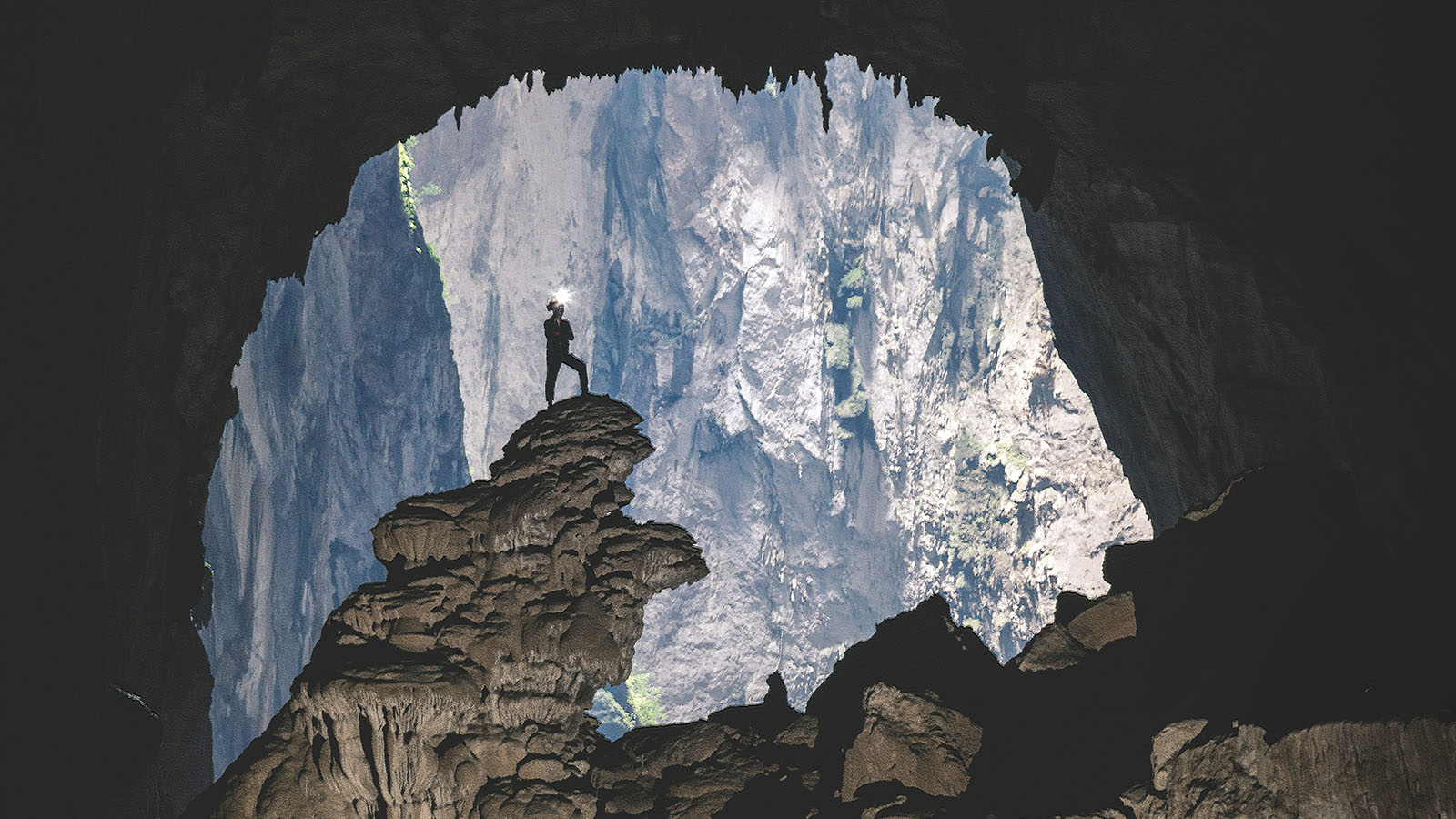
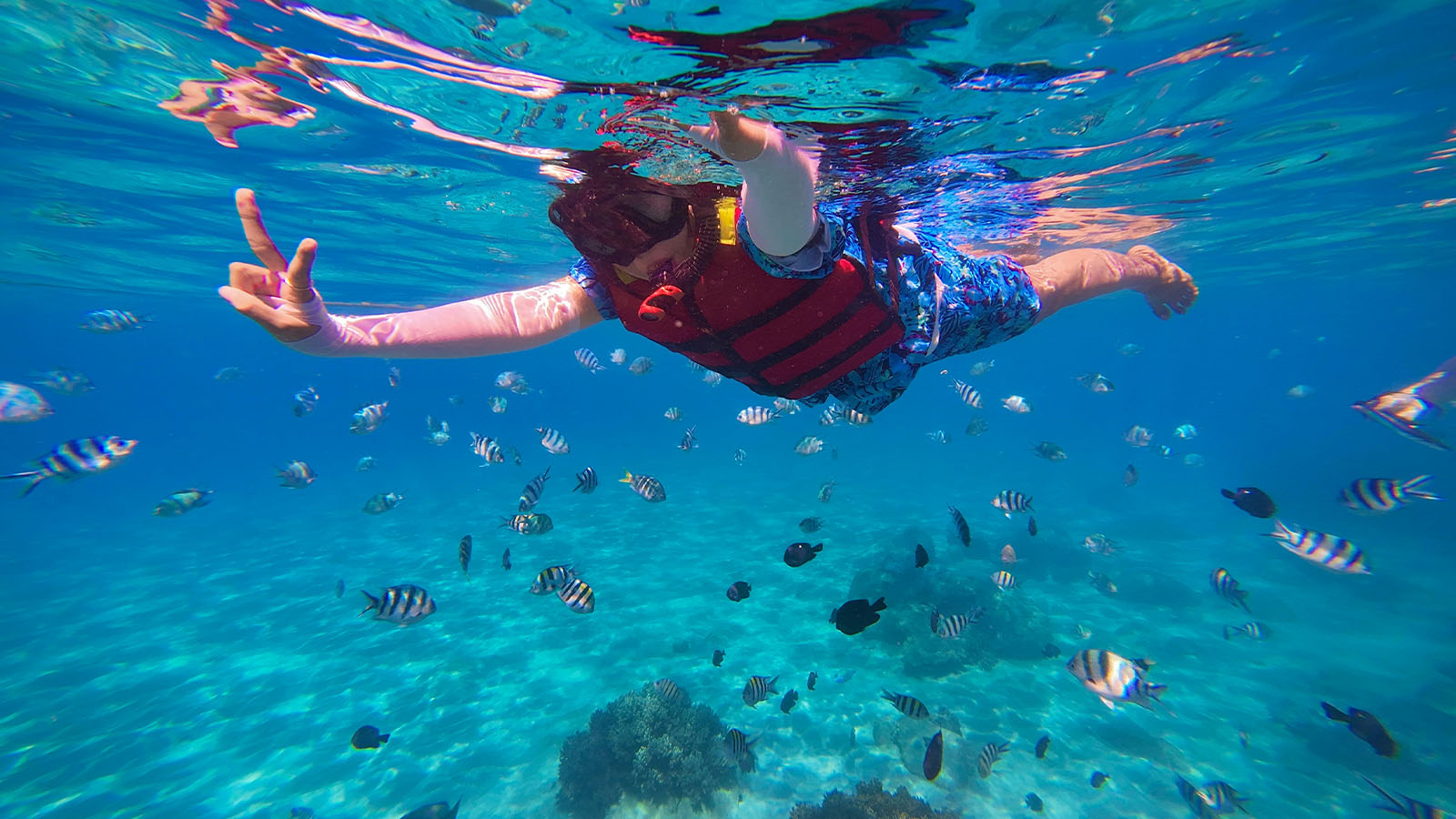
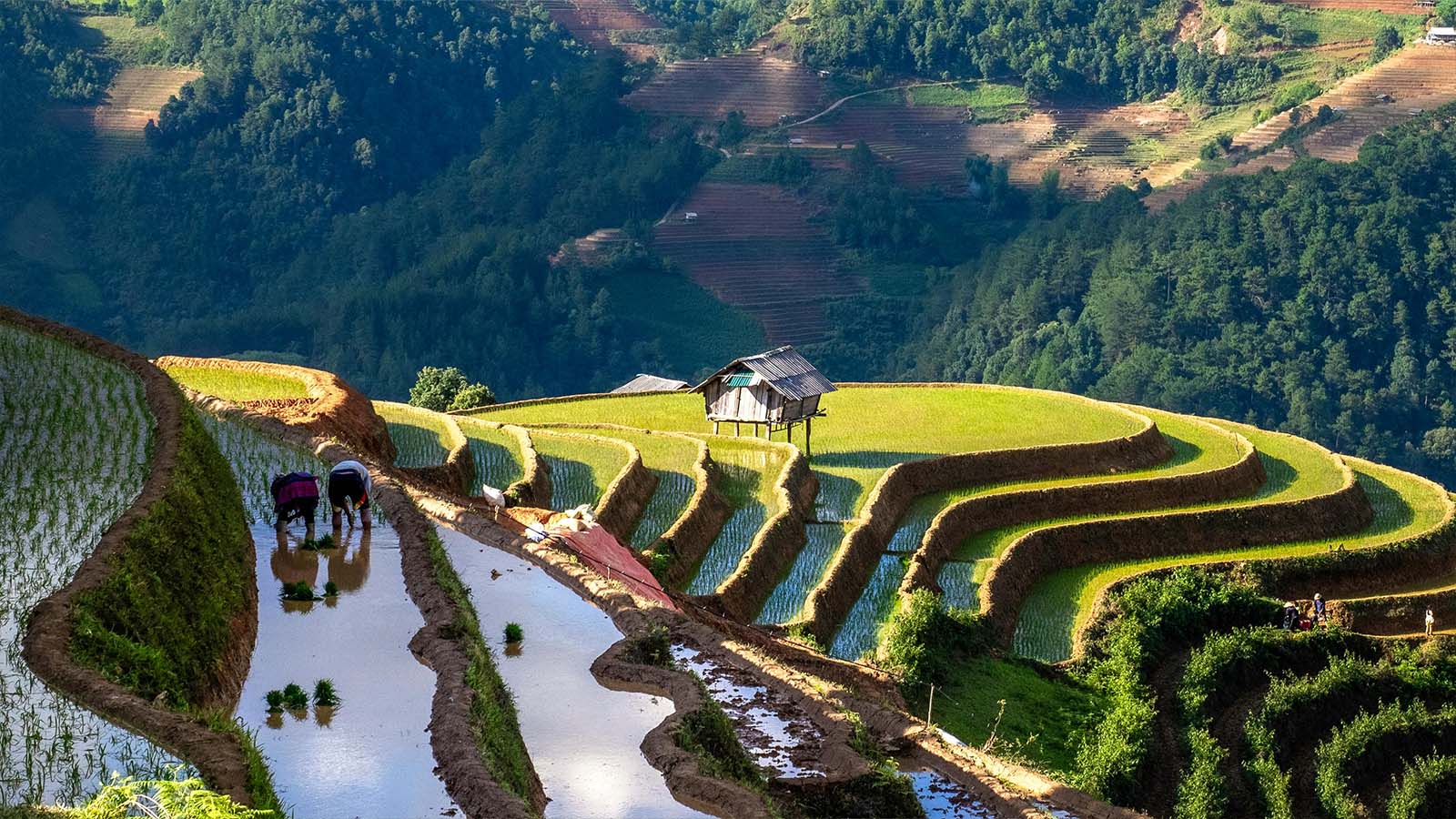
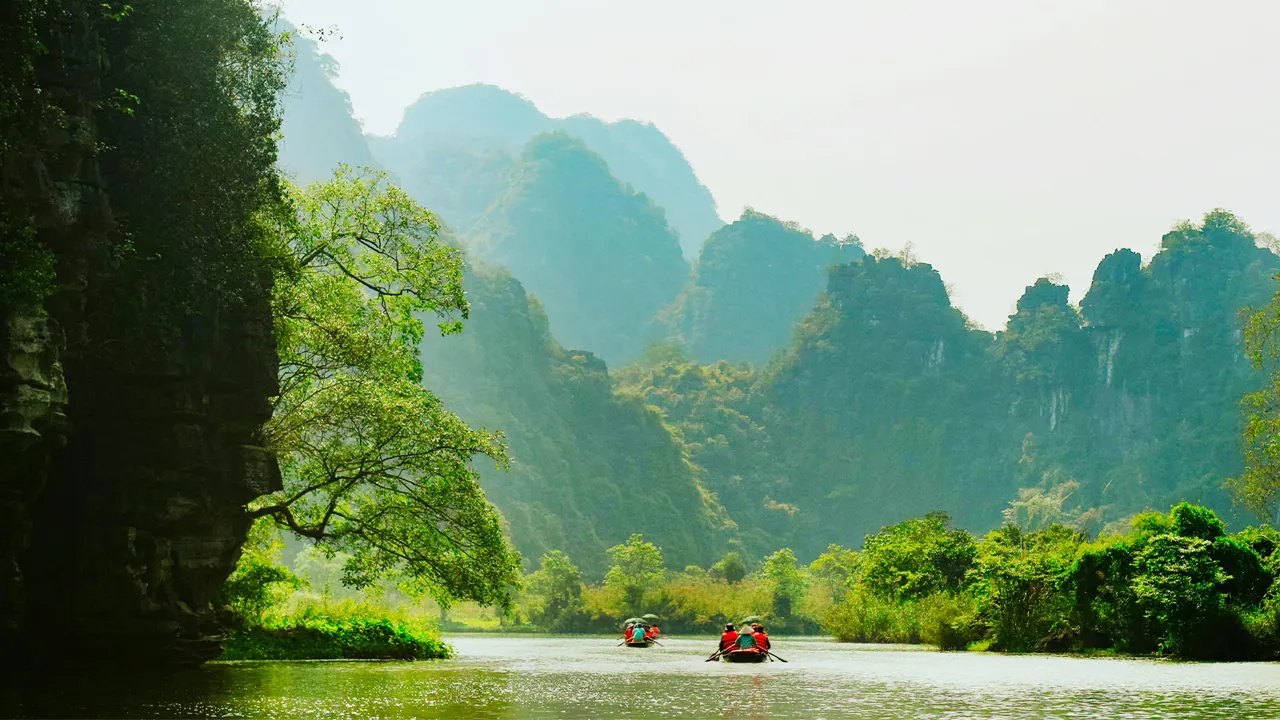

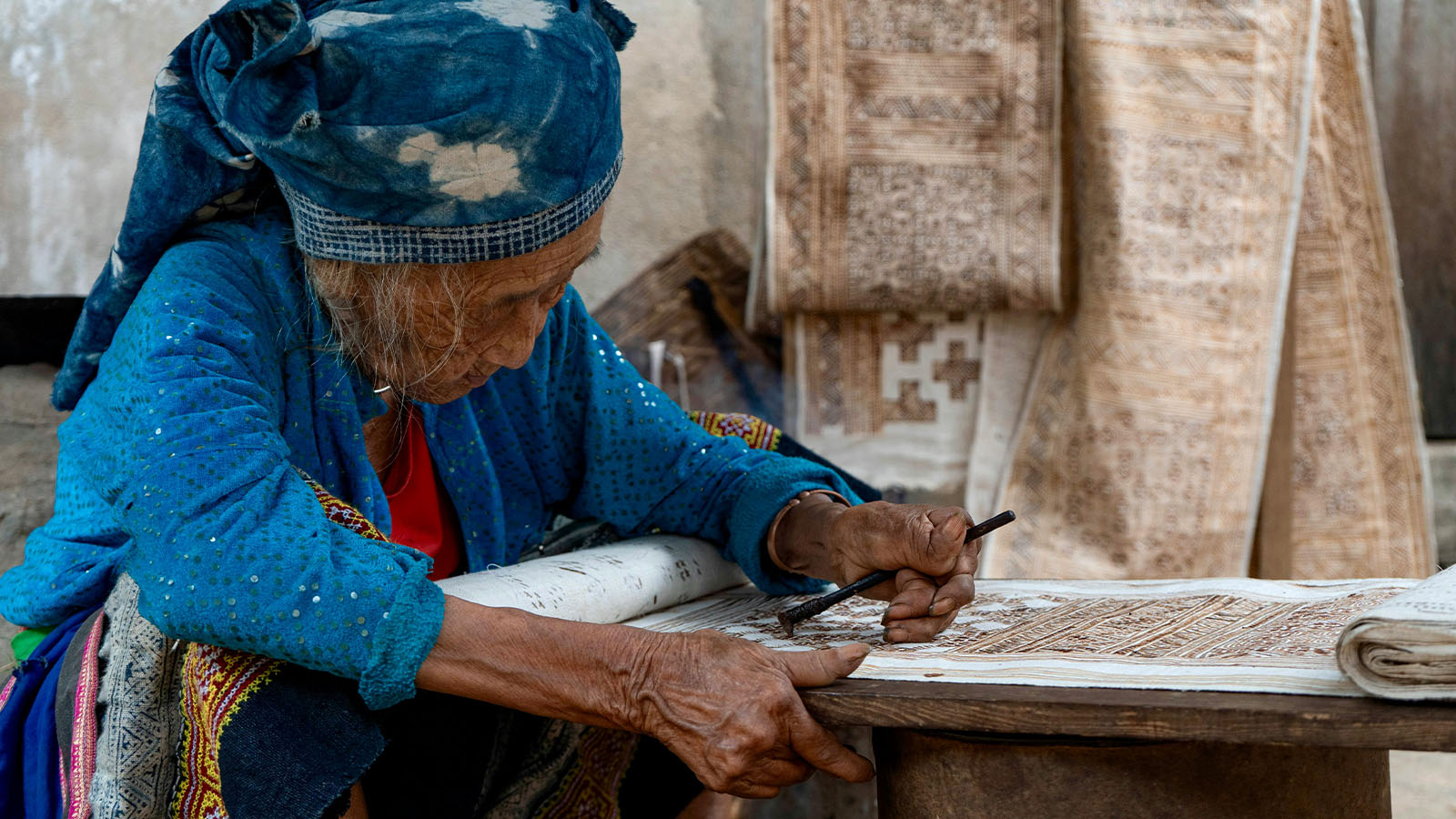








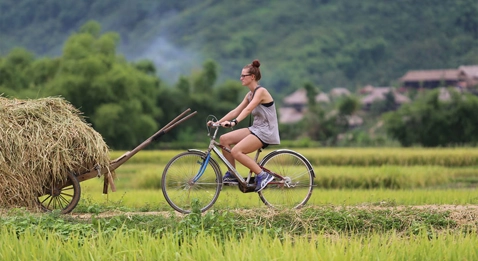
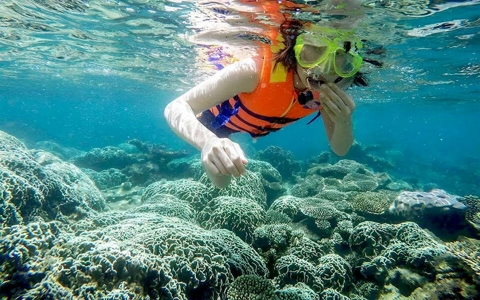
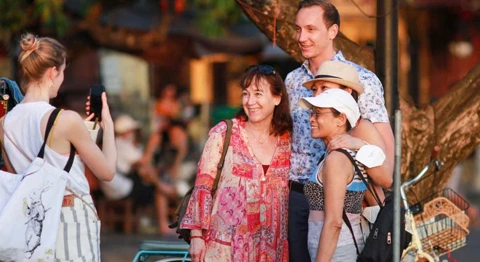
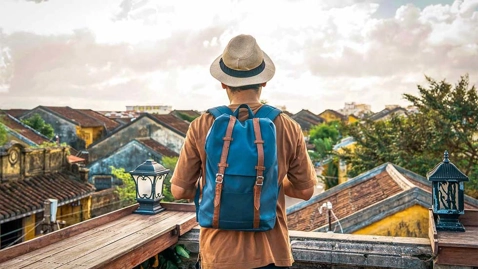
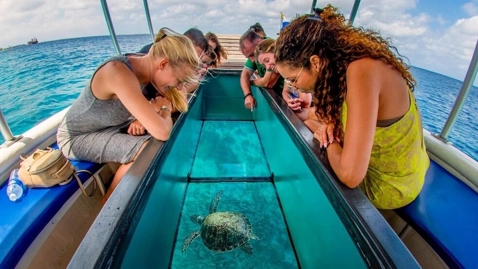













Comment